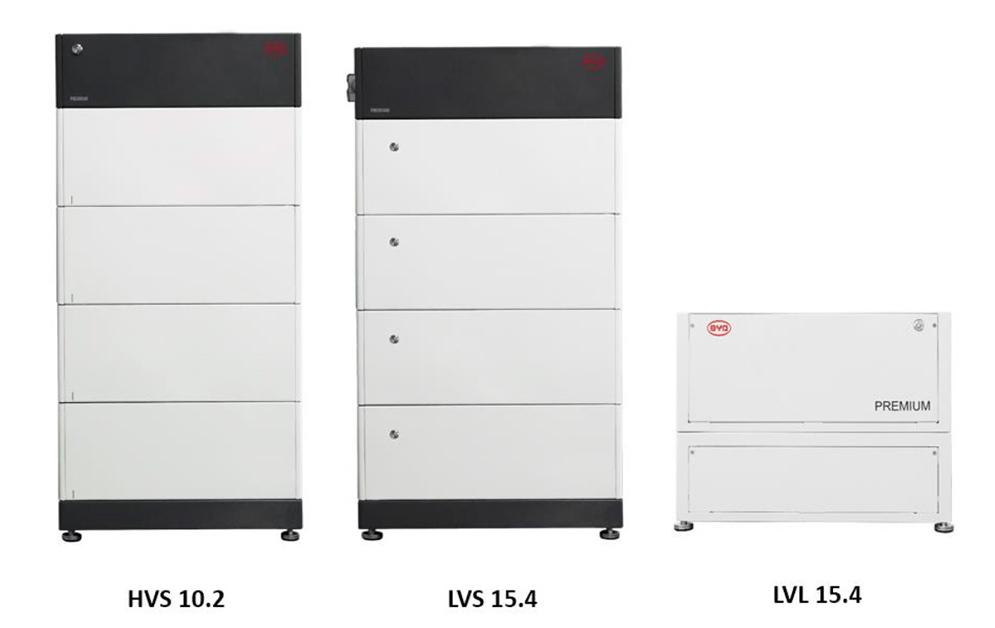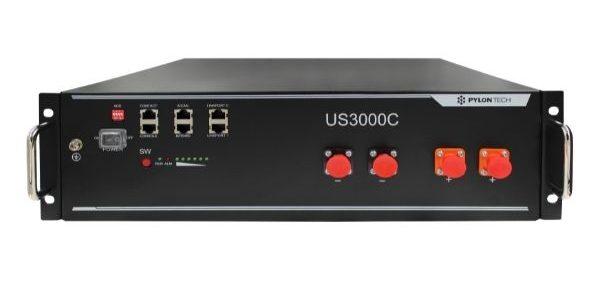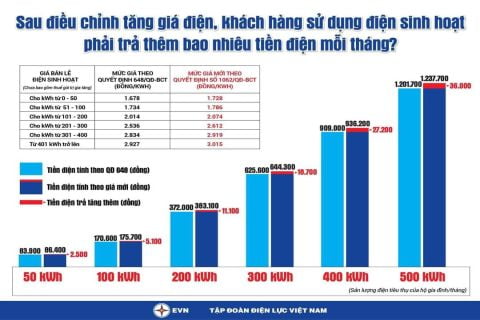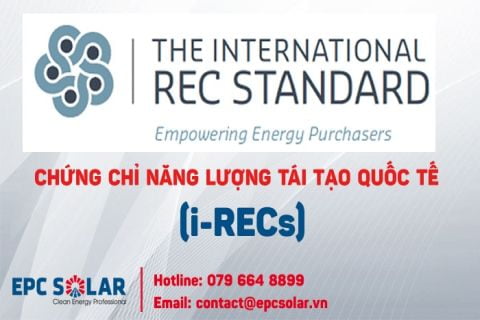-
Your shopping cart is empty!
Compare high voltage and low voltage storage batteries
14/12/2023,
Array
Currently, grid-connected solar power systems with storage (Hybrid Solar System) are increasingly popular with the ability to operate flexibly, store excess electricity from the day, ensuring the ability to supply electricity during off-season point without grid power.
When it comes to grid-connected solar power systems with storage, one important aspect to consider is voltage. In this article, we will explore the differences between high voltage and low voltage storage batteries, their characteristics, advantages and applications.
Definition of voltage (potential difference)?
- Voltage or potential difference is the ratio of difference between high potential and low potential.
- Or to put it more generally: the voltage between points A and B of the circuit (symbolized as UAB) is determined by the formula:
UAB = VA – VB = -UBA
- With VA and VB are the potentials of A and B relative to the origin (ground point, also known as ground connection).
Higher voltage results in more current flowing to the electronics. However, electronic devices are designed to operate at certain voltage levels. Too high a voltage can damage the circuit, but too low a voltage can hinder performance.
Compare the characteristics of high voltage and low voltage storage batteries
|
High voltage storage battery |
Low voltage storage battery |
|
| 1. Definition | High voltage solar storage batteries are designed to operate at higher voltages, typically 200 to 600 volts or more. | Low voltage solar storage batteries operate at lower voltages, typically ranging from 12 to 48 volts. |
| 2. Efficiency | High voltage batteries tend to have higher performance than low voltage batteries. This is because higher voltage systems have lower resistive losses during energy transmission and conversion, leading to better overall performance. |
Low voltage batteries have a smaller energy capacity than high voltage batteries. Low voltage batteries discharge energy more slowly, these systems tend to have difficulty meeting the starting load, requiring additional support from the grid or solar power to provide instantaneous power. |
| 3. Safety level |
High voltage systems require careful consideration of safety measures due to the higher risk of electric shock. Adequate insulation, grounding and protective devices are essential to ensure the safe operation of these batteries. In the high voltage storage battery system, a BMS (Battery Management System) is used with outstanding safety features compared to low voltage batteries. |
Low voltage batteries have a lower risk of electric shock than high voltage batteries. However, appropriate safety measures, such as fuse protection and proper wiring practices, should still be followed to ensure safe operation. |
| 4. Ability of extension | High voltage batteries offer scalability, making them suitable for applications with higher power demands. Their ability to handle higher currents and voltages allows for the integration of multiple battery packs or connection to a larger grid. | Low voltage systems are much easier to install and upgrade. We often see multiple batteries connected in parallel (if the rated voltage is compatible with the inverter) or in series to increase the overall voltage. They tend to take up a smaller physical footprint, are cheaper to produce, and are in some ways safer. Because LV batteries have higher currents, they can run continuously without exceeding temperature limits. |
| 5. Investment costs |
Although high-voltage batteries may have a higher initial cost due to additional safety measures and specialized equipment, they often prove to be more cost-effective in large-scale applications. Higher voltage systems allow for longer string lengths, reducing the number of components needed, such as inverters and cabling. |
Low-voltage batteries are relatively simpler to design and install, making them more accessible and more cost-effective for residential and small-scale applications. They require less complex equipment, making them easier to integrate into existing solar systems |
| 6. Fit | Used in large-scale solar installations, commercial buildings and large-scale solar power systems. | Use in residential solar installations, small off-grid systems and applications requiring lower power requirements. |

Batteries store high voltage solar power systems

Low voltage storage battery
Choose the right battery for your solar system
The choice between high voltage and low voltage solar storage batteries ultimately depends on the specific requirements of your solar system. Considerations such as system capacity should be evaluated, hybrid inverters also play an important role, power requirements, scalability, cost and safety.
Larger scale systems and commercial applications tend to benefit from high voltage batteries, while smaller residential or off-grid systems may find low voltage batteries more suitable.
Conclude
Solar energy storage batteries play an important role in exploiting and using solar energy effectively. Understanding the difference between high voltage and low voltage solar storage batteries is essential for making decisions when designing and implementing a solar energy system.
Whether choosing high voltage or low voltage storage batteries, it's important to prioritize safety, efficiency, and compatibility with your overall solar setup to maximize the benefits of solar energy storage.
CONTACT EPCSOLAR FOR FREE SOLAR POWER SYSTEM CONSULTATION AND QUOTE FOR YOUR HOME
VIETNAM SOLAR POWER EPC CORPORATION
63 Truong Cong Hy, Khue My Ward, Ngu Hanh Son District, Danang City
Hotline: 079 664 8899
Fanpage: EPCSOLARVN





